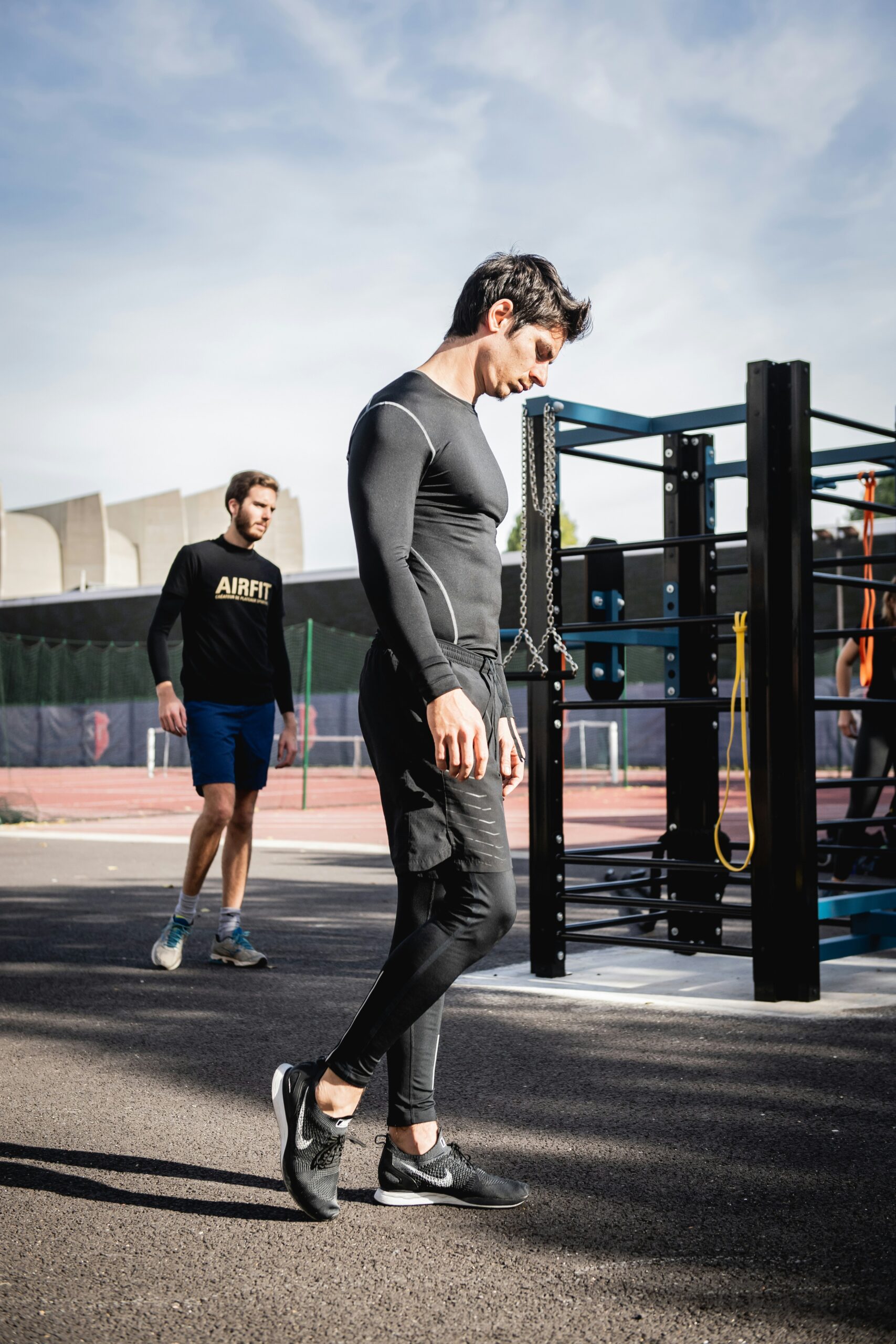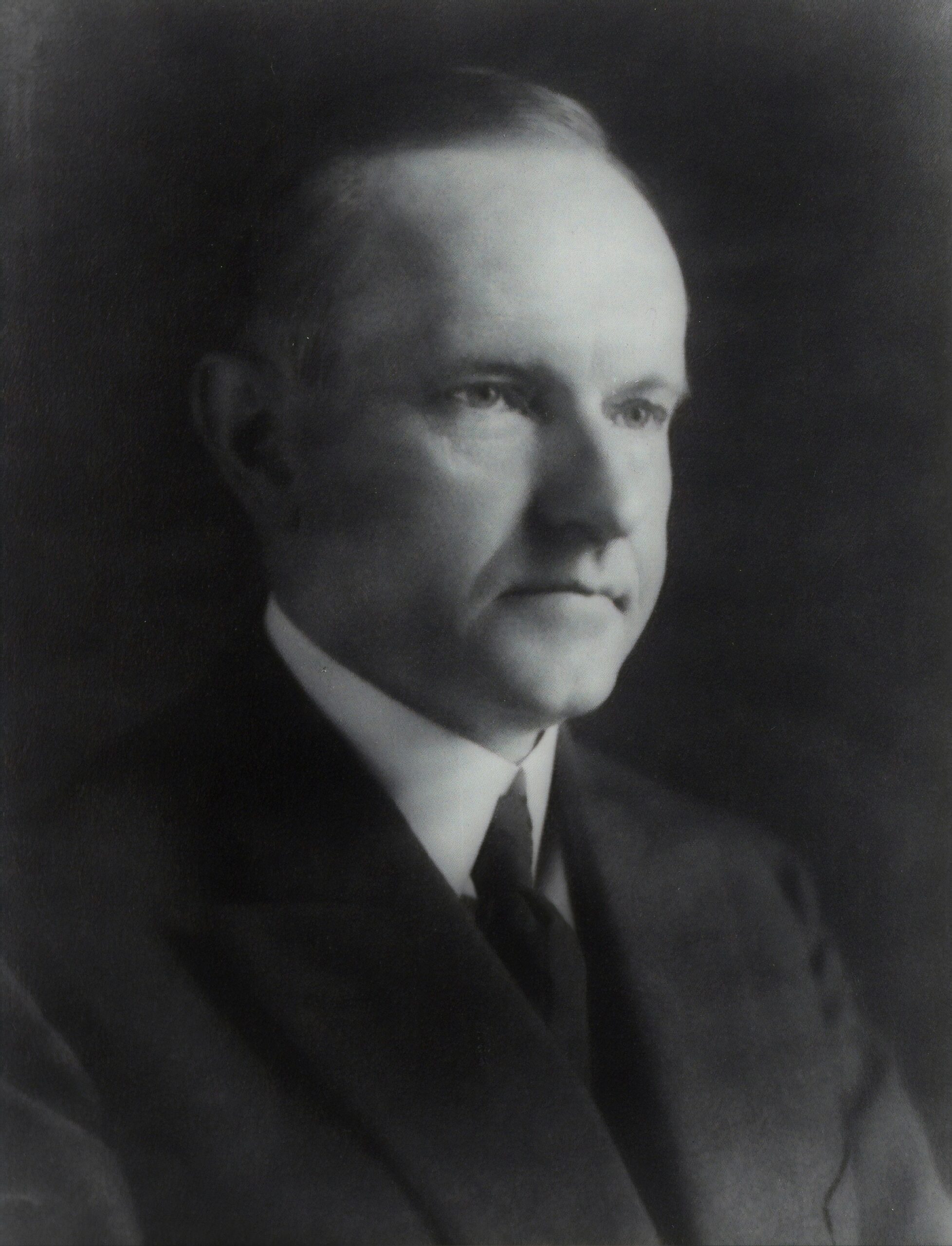Unleashing Your Inner Athlete Through Mindful Movement
Have you ever watched a dancer glide effortlessly across the stage or a gymnast perform a flawless routine and thought, “I wish I could move like that?” It seems almost magical, doesn’t it? The truth is, each of us has an inner athlete waiting to break free. The key to unlocking this potential lies not just in brute strength or relentless practice; it’s in something more nuanced—mindful movement.
Mindful movement is a practice that combines physical activity with a heightened awareness of the body and mind. It encourages us to engage fully in the present moment, transforming our workout from a monotonous chore into a vibrant, life-affirming experience. In this article, we’ll explore the principles of mindful movement and how you can integrate them into your life to unleash that dormant athlete within. So, grab your favorite pair of sneakers (or your comfiest yoga mat), and let’s get moving!
The Concept of Mindful Movement
At its core, mindful movement is about being conscious of how we move our bodies. It’s about paying attention to our breath, our posture, and the sensations we experience during physical activity. This concept, rooted in mindfulness—an ancient practice that emphasizes being present—encourages us to slow down and really feel each movement.
According to Dr. Jon Kabat-Zinn, a pioneer in mindfulness-based stress reduction, mindfulness is “the awareness that arises from paying attention, on purpose, in the present moment, non-judgmentally.” When applied to movement, this means being fully engaged with our body as we exercise, rather than simply going through the motions.
Many athletes have found that incorporating mindfulness into their training has led to enhanced performance. For instance, elite runners who practice mindful running often report feeling more in tune with their bodies, resulting in improved pace and endurance. Imagine that—becoming faster by simply slowing down your mind!
The Benefits of Mindful Movement
So, why should you consider incorporating mindful movement into your routine? The benefits are numerous and compelling:
- Improved Focus: Mindful movement sharpens your concentration, allowing you to better connect with your body and surroundings.
- Reduced Stress: Engaging in mindful practices can lower stress levels, promoting overall mental well-being.
- Enhanced Performance: Mindful athletes often experience improved performance due to greater body awareness and reduced anxiety.
- Injury Prevention: By paying attention to how you move, you can identify and correct habits that may lead to injury.
- Greater Enjoyment: Mindful movement transforms exercise into a joyful experience rather than a tedious obligation.
Now, who wouldn’t want all that? But how do we actually begin to incorporate this practice into our lives? Let’s break it down.
Getting Started with Mindful Movement
1. Set Your Intention
Before you even lace up those shoes, take a moment to set your intention for the practice. What do you hope to achieve? Is it stress relief, improved performance, or simply a deeper connection with your body? By establishing a clear intention, you create a purpose for your movement.
I remember a time when I was struggling with motivation; I set an intention to simply enjoy the process of running rather than focusing on how far I could go. It transformed my experience, and I found joy in the rhythm of my feet hitting the pavement.
2. Find Your Movement
Mindful movement isn’t confined to yoga or Tai Chi, although those are excellent options. It can encompass a wide variety of activities, including:
- Walking or jogging in nature
- Dancing
- Swimming
- Strength training
- Martial arts
The key is to choose something that resonates with you. For me, it’s been a combination of cycling and yoga. There’s something about the wind on my face while cycling that connects me to the world, and yoga allows me to ground myself and breathe deeply.
3. Pay Attention to Your Body
As you engage in your chosen movement, focus on your body. Notice how the muscles contract and relax, how your breath flows in and out, and how your heart rate changes. If you find your mind wandering (and it will!), gently bring your attention back to the sensations of movement.
One effective technique is to mentally scan your body from head to toe. This may feel a bit silly at first, but it’s surprisingly insightful. You might discover tightness in your shoulders or tension in your hips that you hadn’t noticed before. Acknowledging these sensations can inform how you adjust your movement.
4. Breathe Mindfully
Breath is the bridge between body and mind. Deep, conscious breathing can enhance your mindfulness practice. Try inhaling deeply through your nose, filling your lungs, and then exhaling slowly through your mouth. Synchronizing your breath with your movement can create a beautiful rhythm—think of it as your very own internal soundtrack.
When I first started focusing on my breath during workouts, it was like flipping a switch. Suddenly, I felt more energized and alert. It was as if I had been running on low battery, and now I was fully charged!
5. Embrace the Journey
This isn’t just about building muscles or losing weight; it’s about embracing the journey of movement. Allow yourself to explore different forms of exercise, and be open to the experience. Celebrate small victories—whether it’s mastering a new yoga pose or simply enjoying the sound of your breath.
During one particularly challenging yoga class, I struggled to hold a pose that my instructor made look effortless. Instead of feeling defeated, I laughed at myself (out loud, I’ll admit) and appreciated the moment. That’s the beauty of mindful movement—it fosters a sense of playfulness and curiosity.
Incorporating Mindful Movement into Daily Life
Mindful movement doesn’t have to be confined to your workout sessions. It can seep into your everyday activities, transforming even mundane chores into opportunities for movement and mindfulness.
1. Walking Meetings
If you’re stuck in the office or working from home, consider taking your meetings outside. Walking meetings are a great way to get your body moving while also engaging in productive conversations. You’ll find that the fresh air and change of scenery can spark creativity, too.
2. Mindful Commuting
Instead of zoning out during your commute, practice mindful commuting. Whether you’re walking, biking, or taking public transport, focus on the experience. Notice your surroundings, the feel of the ground beneath your feet, and the rhythm of your breath. It’s a simple way to start or end your day with intention.
3. Mindful Chores
Yes, even chores can become mindful! When washing the dishes, for example, pay attention to the sensations of the water and the movement of your hands. As silly as it sounds, I’ve found that making a game out of scrubbing pots and pans—turning it into a mini workout—can be quite entertaining.
4. Stretching Breaks
Incorporate short stretching breaks throughout your day. A few minutes of stretching can alleviate tension and help you refocus. As you stretch, breathe deeply and check in with your body. What areas feel tight? What areas feel relaxed? This practice can rejuvenate both body and mind.
Mindful Movement in Sports
For those who are more athletically inclined, incorporating mindful movement into your sports practice can yield impressive results. Many athletes, from runners to martial artists, have found that a mindful approach can lead to breakthroughs in performance.
1. Running
Take a moment to consider how many runners find themselves caught up in the rush to finish their miles. By focusing on the act of running itself—feeling your feet strike the ground, your breath flowing in and out—you can transform your run. Try to notice the sights and sounds around you, the rhythm of your breath, and the feeling of your muscles working. I once tried this during a particularly grueling run, and it turned out to be one of the most rewarding experiences I’ve had on the road.
2. Team Sports
In team sports, mindful movement can enhance communication and teamwork. Players who are present during the game—aware of their movements and those of their teammates—are often more effective on the field. Consider how a mindful approach can improve your passing, shooting, or defensive strategies. During a recent soccer match, I noticed that when I was fully present, I could anticipate my teammates’ moves better—resulting in a beautiful assist.
3. Yoga and Pilates
Yoga and Pilates are perhaps the most obvious examples of mindful movement. Both practices emphasize breath, body awareness, and intentional movement. Whether you’re flowing through a vinyasa or engaging in controlled Pilates exercises, the focus on mindfulness helps deepen your practice. Even if you’re a newbie, I encourage you to give it a shot—there are plenty of online resources to help you get started.
Mindful Movement as a Lifestyle
The beauty of mindful movement is that it can extend beyond physical activity and become a way of life. By cultivating mindfulness in all areas of your life, you can develop a greater sense of balance, joy, and overall well-being.
1. Cultivating Gratitude
Each time you engage in mindful movement, take a moment to express gratitude for your body and its capabilities. Appreciate the strength, flexibility, and resilience it possesses. This simple practice can shift your mindset from one of frustration or comparison to one of appreciation and empowerment.
2. Building a Supportive Community
Consider surrounding yourself with individuals who support your journey toward mindful movement. Whether it’s a local fitness group, a yoga class, or an online community, connecting with like-minded individuals can enhance your motivation and enrich your practice.
3. Embracing Imperfection
As you embark on this journey, remember that perfection isn’t the goal. Embrace the imperfections, the stumbles, and the moments of uncertainty. It’s all part of the process. I often remind myself that even professional athletes have off days—what matters is how we respond to them.
Conclusion: The Athlete Within
Unleashing your inner athlete through mindful movement is about more than just physical prowess; it’s about creating a deeper connection with your body and mind. By embracing mindfulness, you can transform your approach to movement, making it more enjoyable, fulfilling, and ultimately, more effective.
Whether you’re a seasoned athlete or someone just starting out, adopting a mindful approach can yield remarkable benefits. So, as you step onto that mat, hit the trails, or dance like nobody’s watching, remember to breathe, pay attention, and celebrate each movement. Your inner athlete is waiting—let’s unleash that potential!




